Choosing between Capri and Ischia can be tricky for travelers heading to Italy’s Bay of Naples. These gorgeous Mediterranean islands offer stunning views, rich history, and amazing food. But they each have their unique vibe.
Capri is the glitzy, glamorous sister – think luxury boutiques and celeb-spotting. Ischia is more laid-back, with volcanic hot springs and rustic charm. The main difference is that Capri caters to high-end tourists seeking luxury, while Ischia appeals to those who want a more authentic, relaxed Italian island experience.
Size matters, too. Capri is tiny at just 10 square kilometers, perfect for a day trip or short stay.
Ischia is much bigger, at 46 square kilometers, and there is more to explore if you have extra time. Both islands boast beautiful beaches, hiking trails, and boat tours around their rocky coasts.
Key Takeaways
- Capri offers luxury and glamour, while Ischia provides a more relaxed, authentic experience.
- Capri is ideal for short stays. Ischia rewards longer visits with more to explore.
- Both islands feature stunning natural beauty, rich history, and amazing Mediterranean cuisine.
Geographic Overview
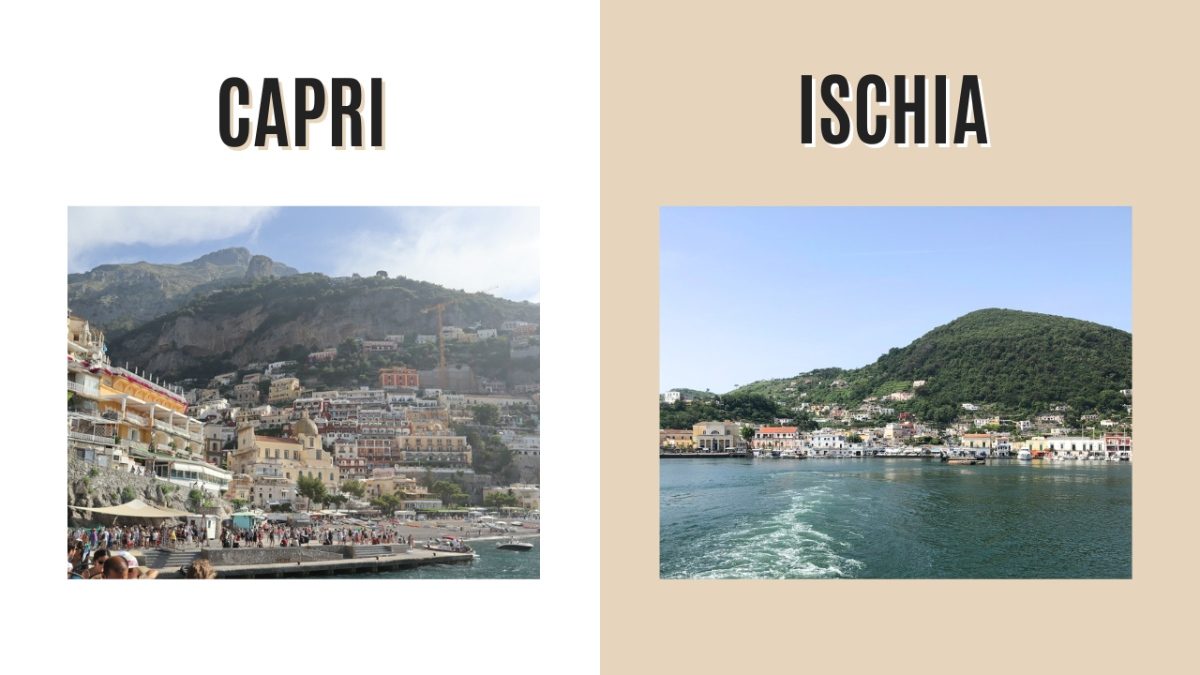
Capri and Ischia are two stunning islands in the Bay of Naples, each with unique geography and charm. Their distinct landscapes shape visitors’ experiences in these Mediterranean gems.
Location in the Mediterranean
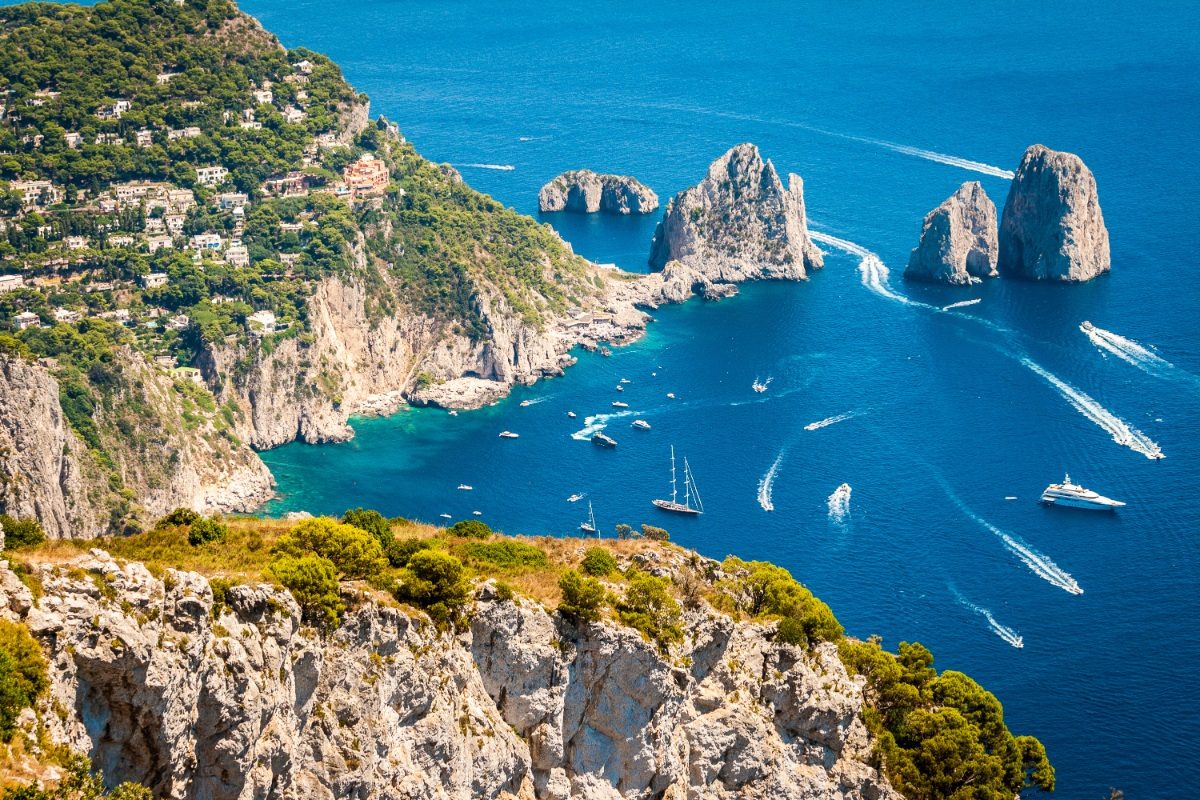
Capri and Ischia are islands in the azure Tyrrhenian Sea, just off the coast of southern Italy. Capri lies about 5 km from the Sorrentine Peninsula, while Ischia is a bit further out, roughly 30 km southwest of Naples. Both islands are part of Italy’s Campania region and are easily accessible by ferry from Naples or Sorrento.
Capri’s proximity to the mainland makes it a popular day trip spot. Ischia, being slightly more remote, often sees fewer crowds. The islands’ positions in the Bay of Naples offer stunning views of Mount Vesuvius and the Italian coastline on clear days.
Island Topography

Capri and Ischia have very different physical features. Capri is small and rocky, covering just 10 square kilometers.
Its dramatic cliffs rise straight out of the sea, with Mount Solaro being the highest point at 589 meters. The island’s rugged terrain creates picturesque coves and hidden beaches.
Ischia, on the other hand, is much larger at 46 square kilometers. It’s a volcanic island dominated by Mount Epomeo, which reaches 789 meters.
Ischia’s volcanic origins have blessed it with fertile soil and natural hot springs. The island boasts lush forests, vineyards, and sandy beaches stretching along its coastline.
These geographic differences mean Capri is better for dramatic scenery and luxury experiences, while Ischia offers more diverse landscapes and outdoor activities.
Historical Significance

Capri and Ischia both boast fascinating pasts that stretch back thousands of years. These islands have been shaped by ancient civilizations, powerful rulers, and artistic influences that continue to captivate visitors today.
Ancient Roots
Capri’s history dates back to the Neolithic period, with evidence of human habitation from around 12,000 years ago. The Greeks later inhabited the island, and then the Romans. Emperor Augustus fell in love with Capri and acquired it from Naples in exchange for the nearby island of Ischia.
Emperor Tiberius made Capri his home from 27 to 37 AD, building several villas, including the famous Villa Jovis. This sprawling complex on Monte Tiberio showcases the grandeur of Roman engineering and architecture. You can still explore its ruins today for €6.
Ischia’s volcanic origins gave it a different trajectory. The island’s thermal springs drew Greek settlers in the 8th century BC. They founded the Pithecusae colony, one of Italy’s earliest Greek settlements.
Cultural Heritage
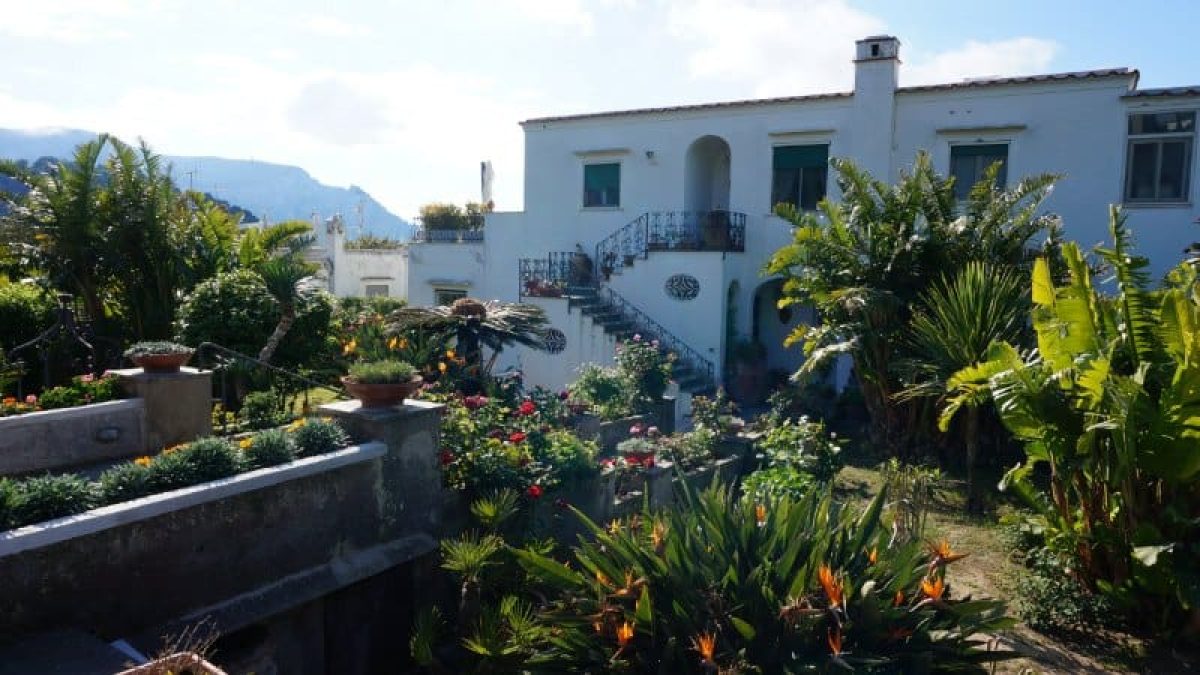
In the 19th century, Capri became a magnet for artists, writers, and intellectuals, whose creative influx shaped the island’s cultural fabric. Swedish physician Axel Munthe built the stunning Villa San Michele in Anacapri, filled with ancient artifacts and lush gardens.
The Blue Grotto, rediscovered in 1826, further cemented Capri’s allure. This sea cave’s ethereal blue light captivated visitors and inspired countless works of art. Today, boat tours to the grotto cost around €14.
Ischia’s Aragonese Castle is a testament to its strategic importance. Built-in 474 BC, it was expanded over centuries and withstood numerous invasions. The castle is now home to a museum, church, and panoramic terraces.
Ischia’s thermal springs have attracted wellness seekers for millennia. Ancient Romans flocked here for the healing waters. Today, you can experience this timeless tradition by soaking in thermal parks like Negombo (€33 for a day pass).
Natural Attractions
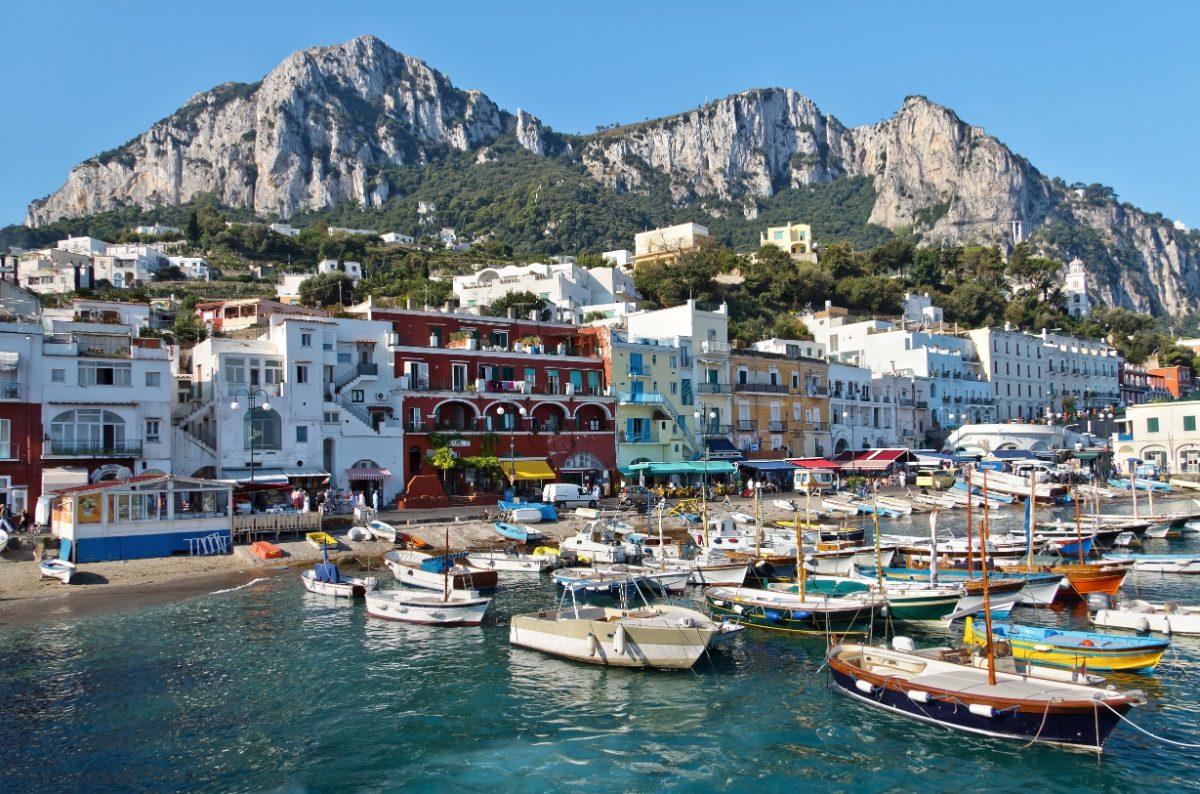
Ischia and Capri boast stunning natural beauty, but each island offers unique experiences. Ischia’s thermal springs provide relaxation and healing, while Capri’s coastal wonders captivate visitors with their dramatic scenery.
Ischia’s Thermal Springs
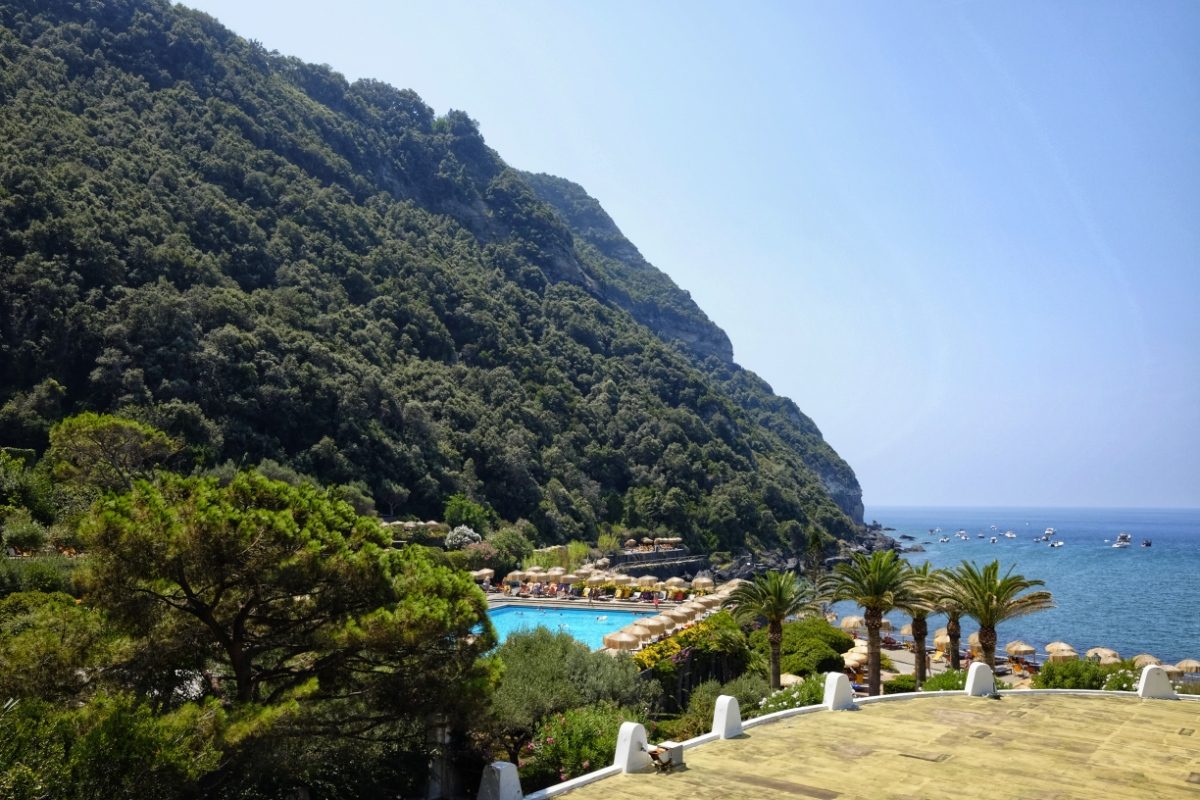
Ischia’s volcanic origins blessed it with numerous thermal springs. These natural hot springs bubble up all over the island, creating a paradise for wellness seekers. Many hotels and spas tap into these mineral-rich waters, offering therapeutic soaks and treatments.
The Poseidon Thermal Gardens is a must-visit spot. It features over 20 pools of varying temperatures, set in beautiful gardens overlooking the sea. Prices start at around €35 for a day pass.
For a more rustic experience, head to Sorgeto Bay. This natural hot spring flows right into the sea, letting you relax in warm water while waves crash nearby. It’s free to visit, but it can get crowded in summer.
Capri’s Coastal Wonders
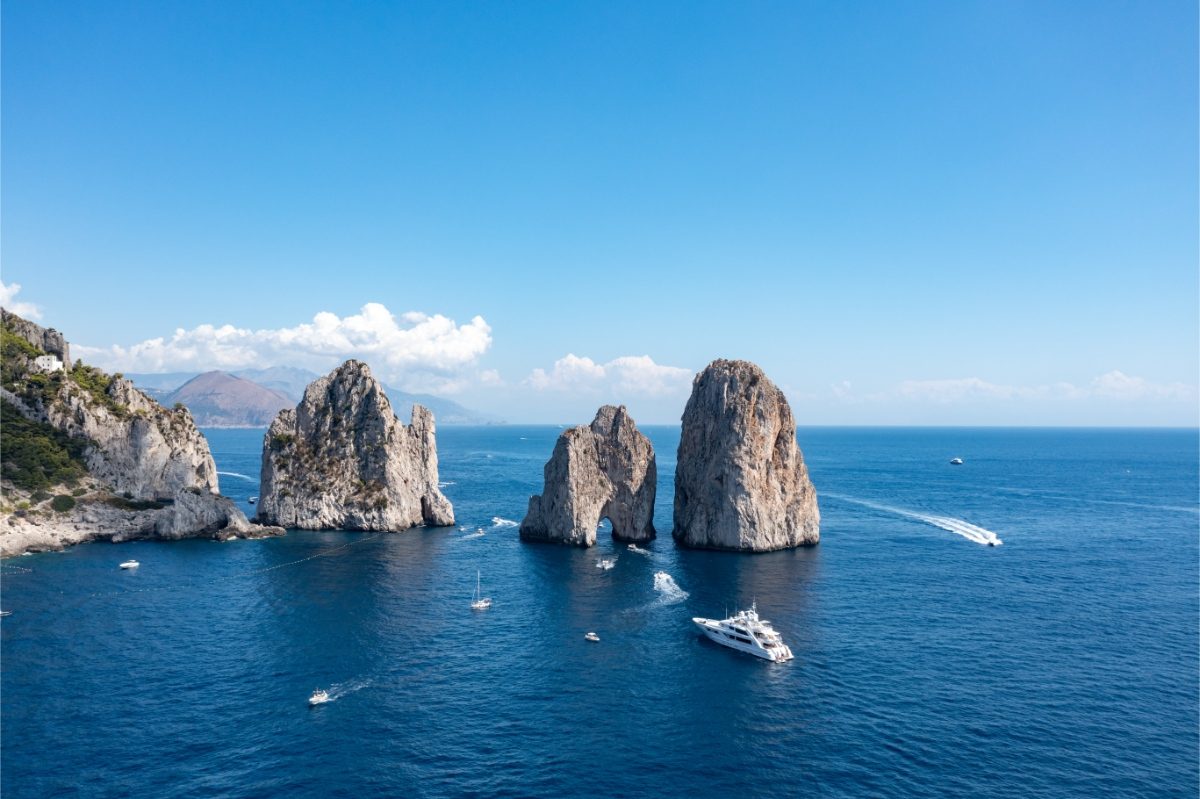
Capri’s rugged coastline is dotted with breathtaking natural attractions. The Blue Grotto tops many visitors’ lists.
This sea cave glows an otherworldly blue when sunlight filters through an underwater opening. Boat tours cost about €14, plus a separate €10 entry fee.
The Faraglioni rocks are another iconic sight. These three towering sea stacks just offshore are best viewed from the Gardens of Augustus. The gardens offer panoramic views and lush vegetation for a €1 entry fee.
For a hidden gem, check out the Natural Arch. This limestone formation carved by the sea is slightly off the beaten path, making it less crowded than other spots. It’s free to visit and offers great photo ops.
See Related: Iconic Honeymoon Destinations in Italy: Romance Across the Boot
Traveler Accommodations
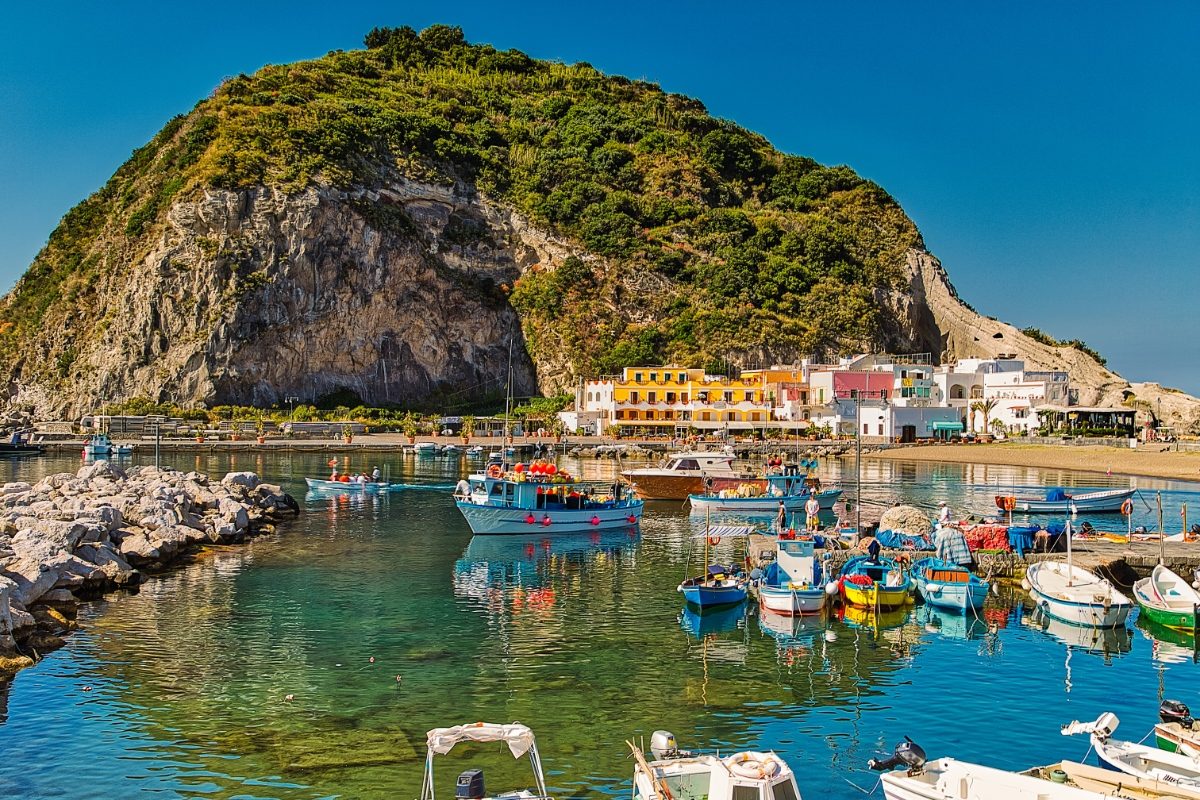
Ischia and Capri offer distinct lodging experiences that cater to different traveler preferences. From cozy bed and breakfasts to luxurious resorts, both islands have options for various budgets and tastes.
Ischia’s Hospitable Retreats
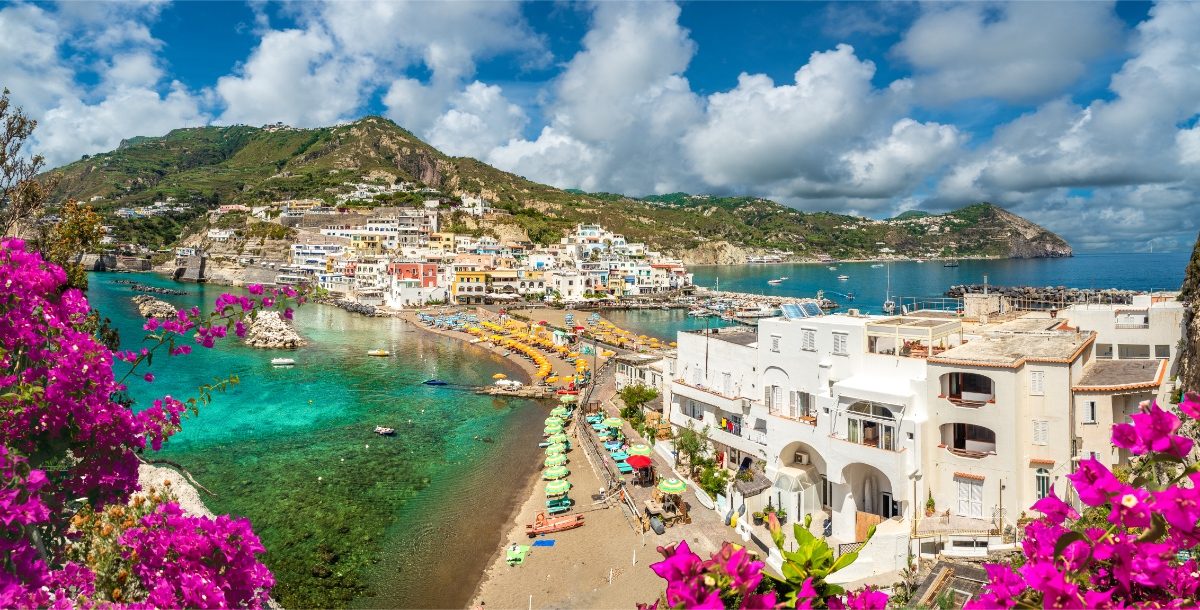
Ischia’s accommodations blend charm and affordability. The island boasts a range of family-run hotels and B&Bs, especially in towns like Ischia Porto and Forio. Many places offer thermal spa access, a big draw for visitors.
Prices tend to be lower than on Capri. A mid-range hotel might cost €100-150 per night in high season. Budget travelers can find simple rooms for around €60-80.
Thermal hotels are popular in Lacco Ameno. These combine lodging with health treatments. Prices vary, but expect to pay €150-250 per night for a good thermal hotel package.
Capri’s Luxury and Charm
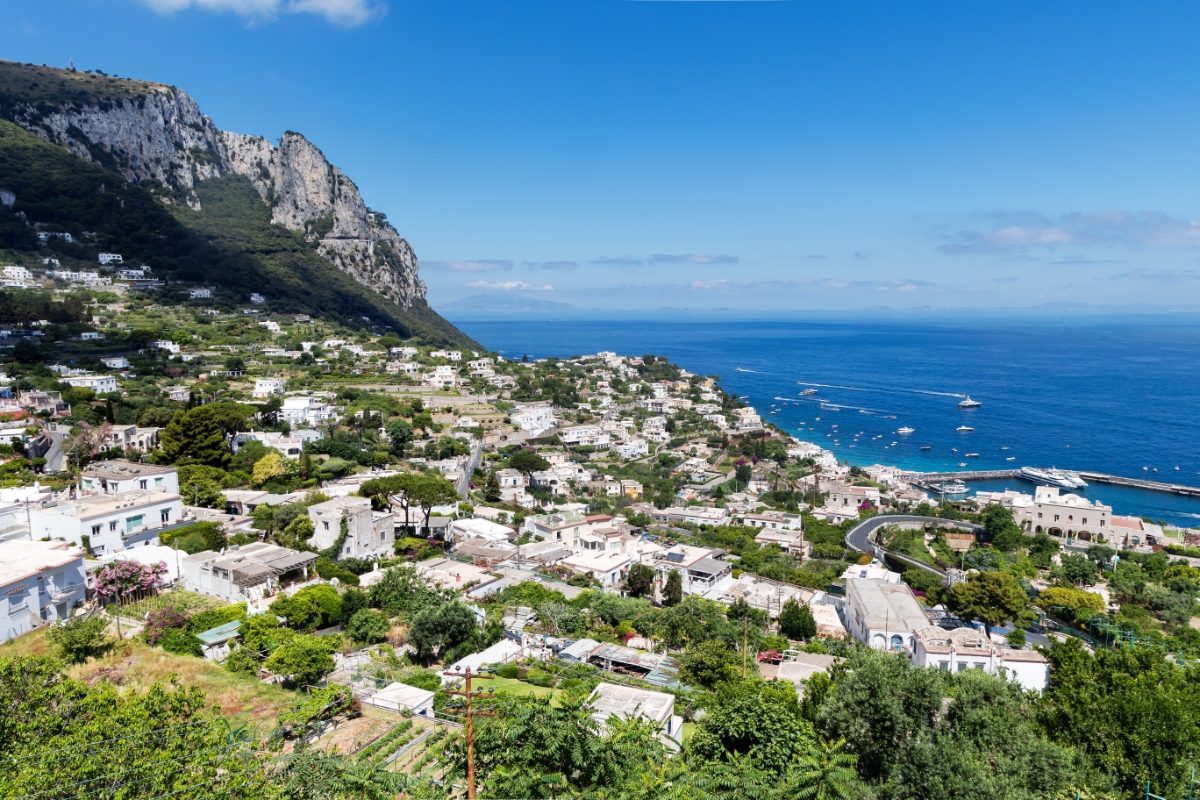
Capri is famous for its upscale hotels and villas. The island caters to a jet-set crowd, with prices to match. Many hotels offer stunning sea views and top-notch service.
In Marina Grande, you’ll find a mix of options. But the real luxury is up in Capri Town and Anacapri. Five-star hotels can cost €500-1000+ per night in peak season.
Budget options are limited but not impossible. Look for small B&Bs away from the main squares. These might run €150-200 per night.
Booking in advance is crucial, especially for summer stays. Capri’s charm comes at a price, but the island’s beauty and exclusivity make it worth the splurge for many travelers.
Culinary Delights

The Italian islands of Ischia and Capri offer mouthwatering local specialties and dining experiences that delight any food lover. From rustic trattorias to elegant restaurants, each island puts its spin on Mediterranean cuisine.
Ischia’s Local Cuisine
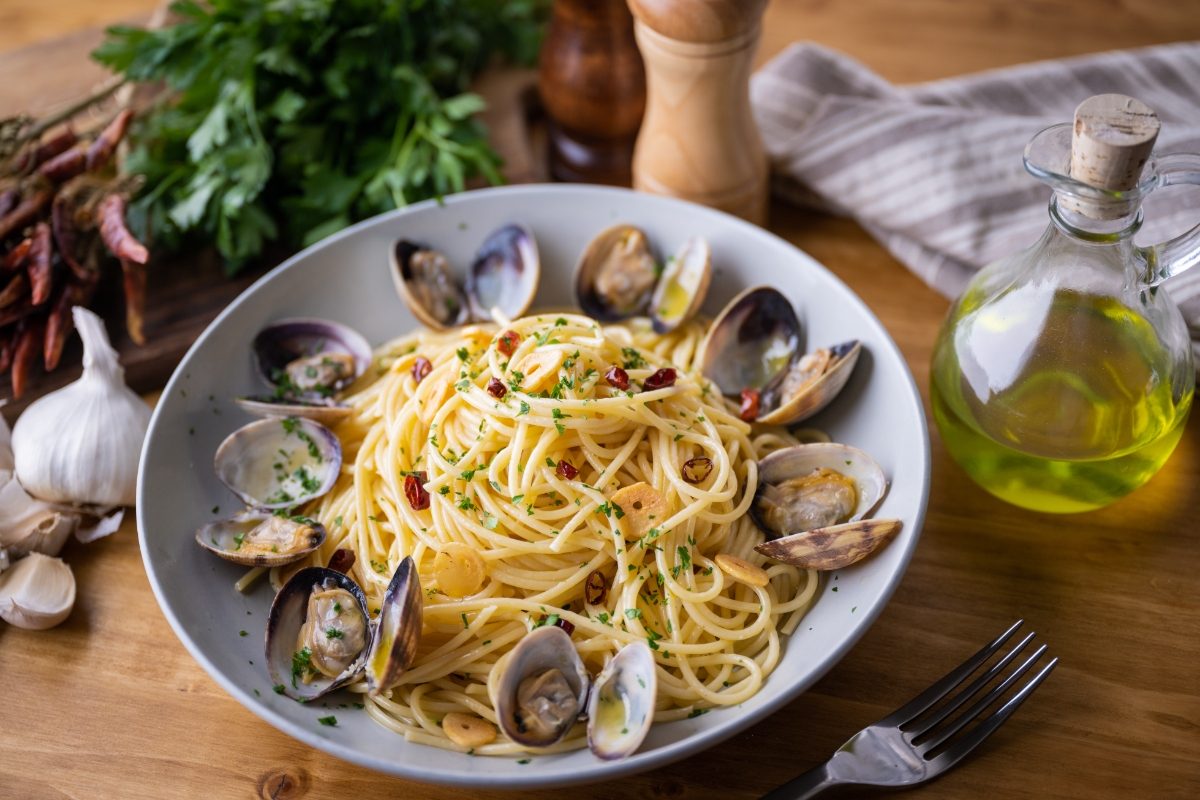
Ischia’s hearty, earthy dishes reflect its volcanic origins. The island is famous for its rabbit stew called coniglio all’ischitana. This rich dish simmers rabbit with tomatoes, garlic, and local herbs.
Seafood also features on Ischia’s menus. Try the grilled catch of the day or pasta alle vongole (with clams). Grab a pizza frittata—fried pizza dough stuffed with cheese and ham for a quick bite.
Don’t miss Ischia’s wines. The mineral-rich volcanic soil produces crisp whites like Biancolella and robust reds like Per’ e Palummo.
Seasonal treats include lemon granita in summer and chestnuts roasted over open fires in fall. A meal at a casual trattoria might cost €25-40 per person.
Capri’s Dining Scene

Capri’s cuisine leans more upscale, matching its glitzy reputation. The island’s signature dish is ravioli capresi – pasta pockets filled with caciotta cheese and marjoram in a fresh tomato sauce.
Seafood shines here, too. Sample grilled octopus or spaghetti alle vongole at a cliffside restaurant. Book a table at the Michelin-starred Mammà (€150+ per person) for a splurge.
Capri’s lemons are featured in many dishes. Try torta caprese al limone, a flourless lemon-almond cake, or sip limoncello as a digestif after your meal.
For a casual lunch, grab a panino caprese (mozz, tomato, basil) from a deli. Picnic spots abound with stunning sea views.
See Related: Tuscany vs Amalfi Coast: A Comprehensive Comparison of Italy’s Iconic Destinations
Recreational Activities

Capri and Ischia offer visitors a diverse range of activities. From breathtaking hikes to luxurious spa treatments, both islands cater to adventure seekers and those looking to unwind.
Outdoor Adventures
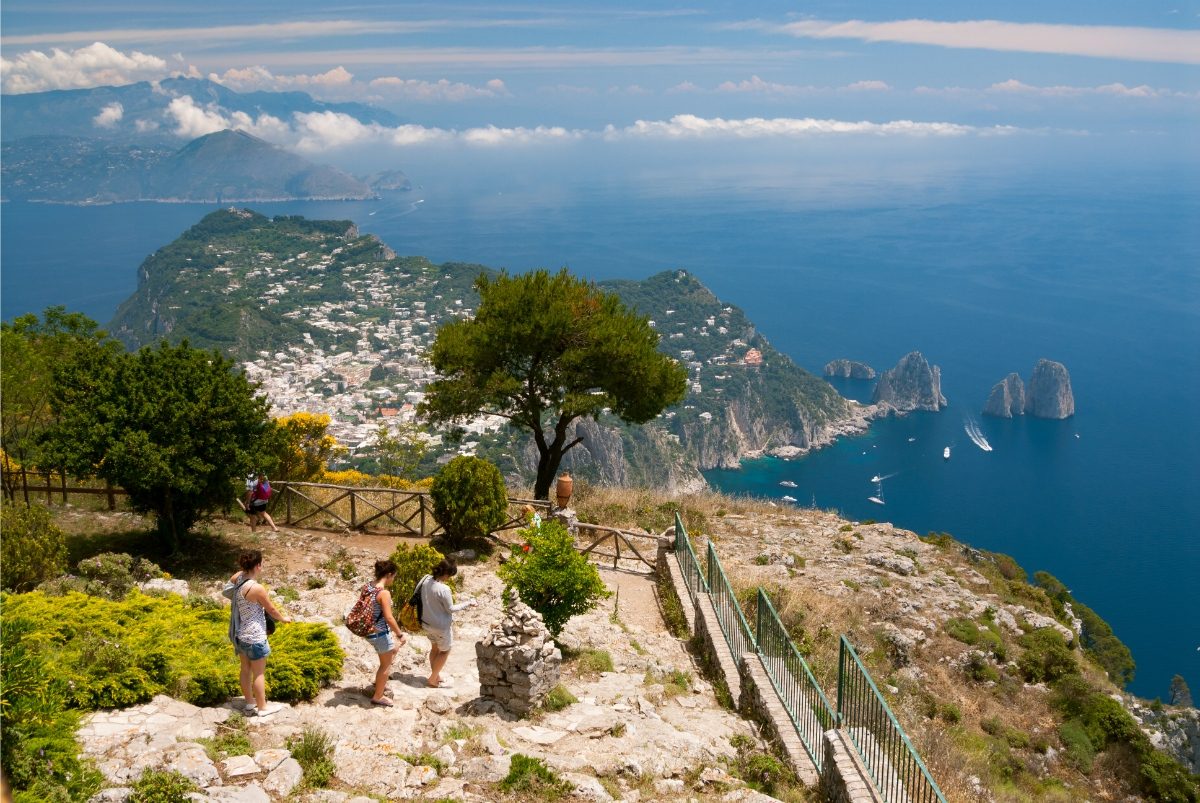
Capri’s rugged landscape is perfect for hiking enthusiasts. The trek to Monte Solaro, the island’s highest point, rewards hikers with stunning views of the Bay of Naples. For a more stroll, the Pizzolungo coastal path offers picturesque vistas of the Faraglioni rocks.
Ischia boasts beautiful beaches and lush forests. Visitors can explore Mount Epomeo, the island’s dormant volcano, or relax on sandy shores like Maronti Beach. Water lovers will enjoy snorkeling in crystal-clear coves or boat tours around the island.
Both islands have great spots for swimming and sunbathing. Capri’s Marina Piccola is a favorite, while Ischia’s Citara Beach is known for its golden sand.
Pampering and Relaxation
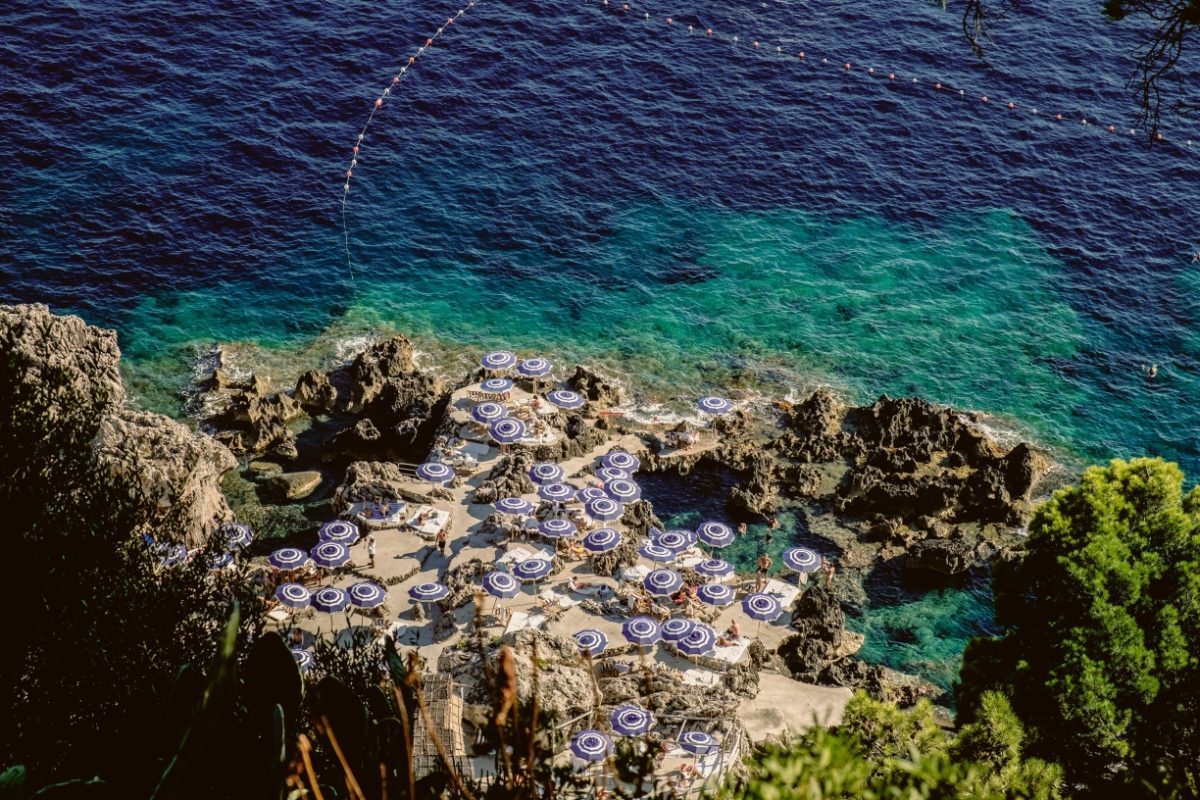
Ischia is famous for its thermal spas. The island’s volcanic origins have blessed it with natural hot springs and healing mud baths. Visitors can soak in thermal pools at Poseidon Gardens or enjoy spa treatments at luxurious resorts.
Capri offers a different kind of pampering. The island is known for high-end shopping and exclusive beach clubs. Visitors can browse designer boutiques in Capri Town or relax at La Fontelina Beach Club with a view of the Faraglioni.
Capri’s Piazzetta comes alive after dark with bustling bars and cafes for a taste of local nightlife. Ischia has a more laid-back evening scene, with beachfront restaurants and cozy wine bars.
Transport & Accessibility
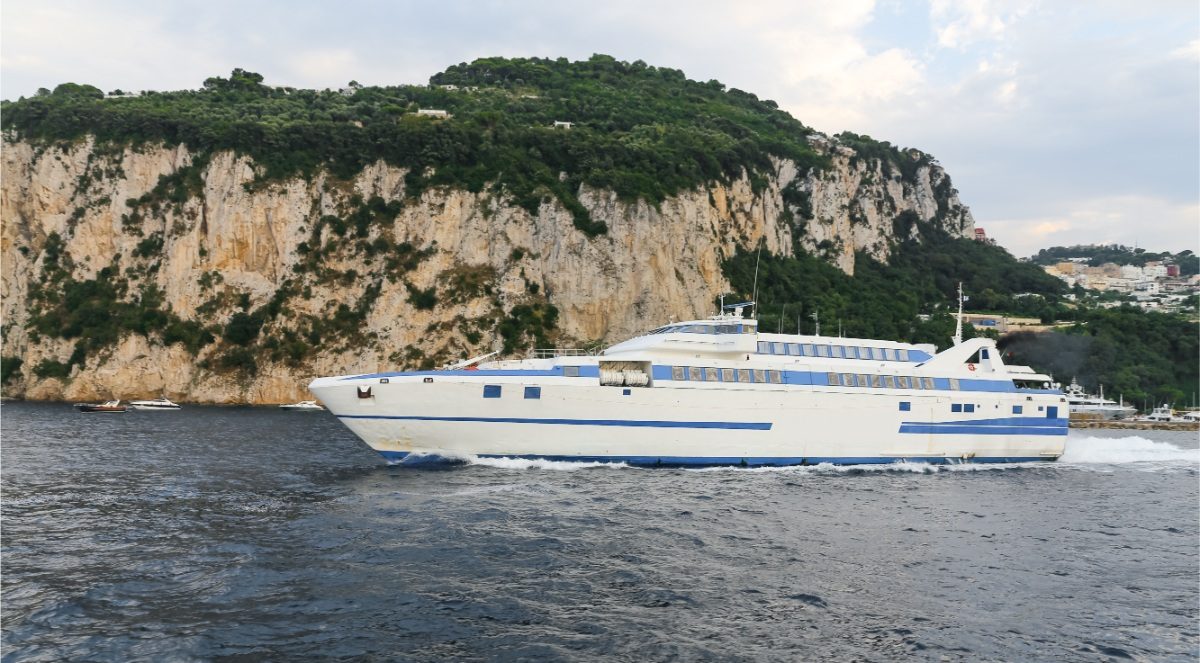
Getting to and around Capri and Ischia involves ferries, boats, and local transportation options. Each island has its unique quirks when it comes to moving about.
Ferry Services and Routes

Ferries are the main way to reach both islands. Capri’s got more frequent connections from Naples and Sorrento, with trips taking about 40 minutes to an hour.
Ischia’s a bit further out, so expect a longer ride – around 90 minutes from Naples. You might catch a direct ferry between the islands in summer, but it’s uncommon.
Prices vary, but budget about €20-30 for a one-way ticket to either island. Pro tip: book in advance during peak season (June-August) to avoid disappointment. The ferries can get packed!
Local Public Transportation
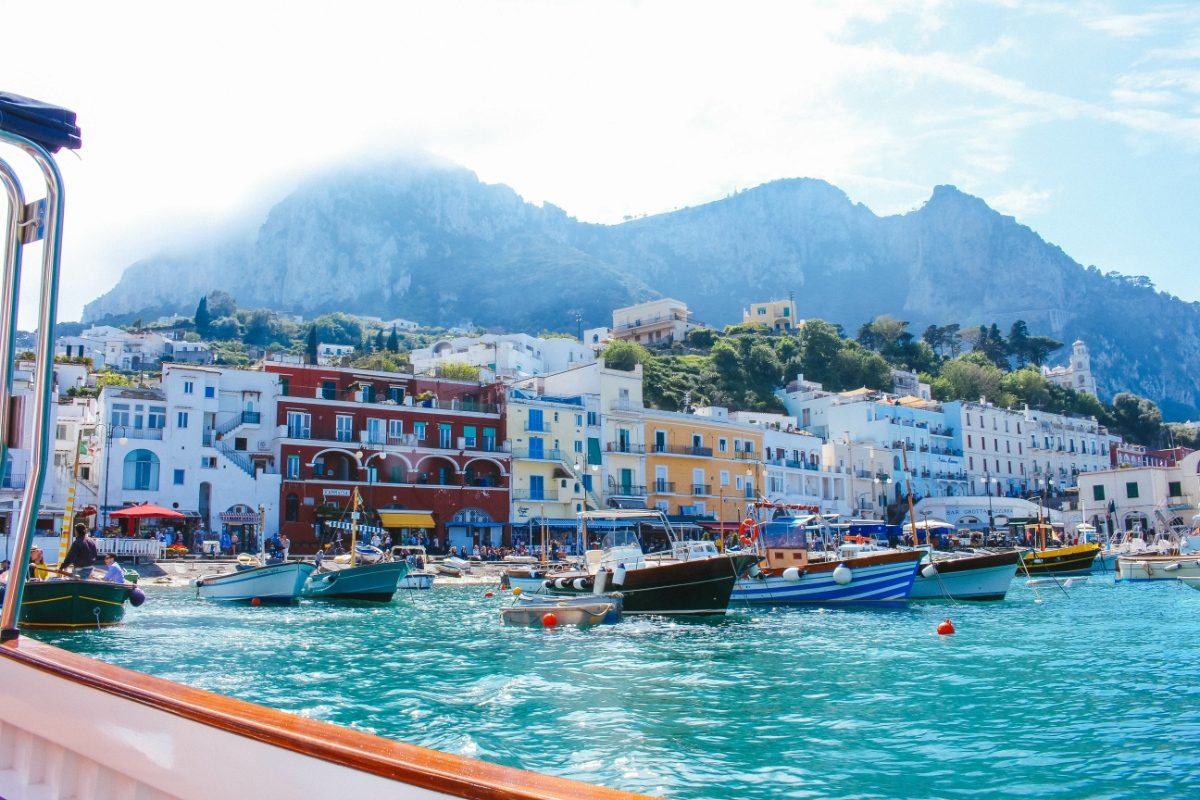
Once you’re on the islands, you’ve got options. Capri’s famous for its funicular, which whisks you up to Capri Town from Marina Grande.
It’s a fun ride with great views and costs about €2. The island also has buses that zip between the main towns.
Ischia is bigger, so it relies more on buses. They cover most of the island and are cheap, at around €1.50 per ride. Taxis are available on both islands but can be pricey. For a fun twist, try renting a scooter—just be careful on those winding roads!
Remember, public transport can get crowded during summer. Plan and be patient—you’re on island time now!
Planning Your Visit
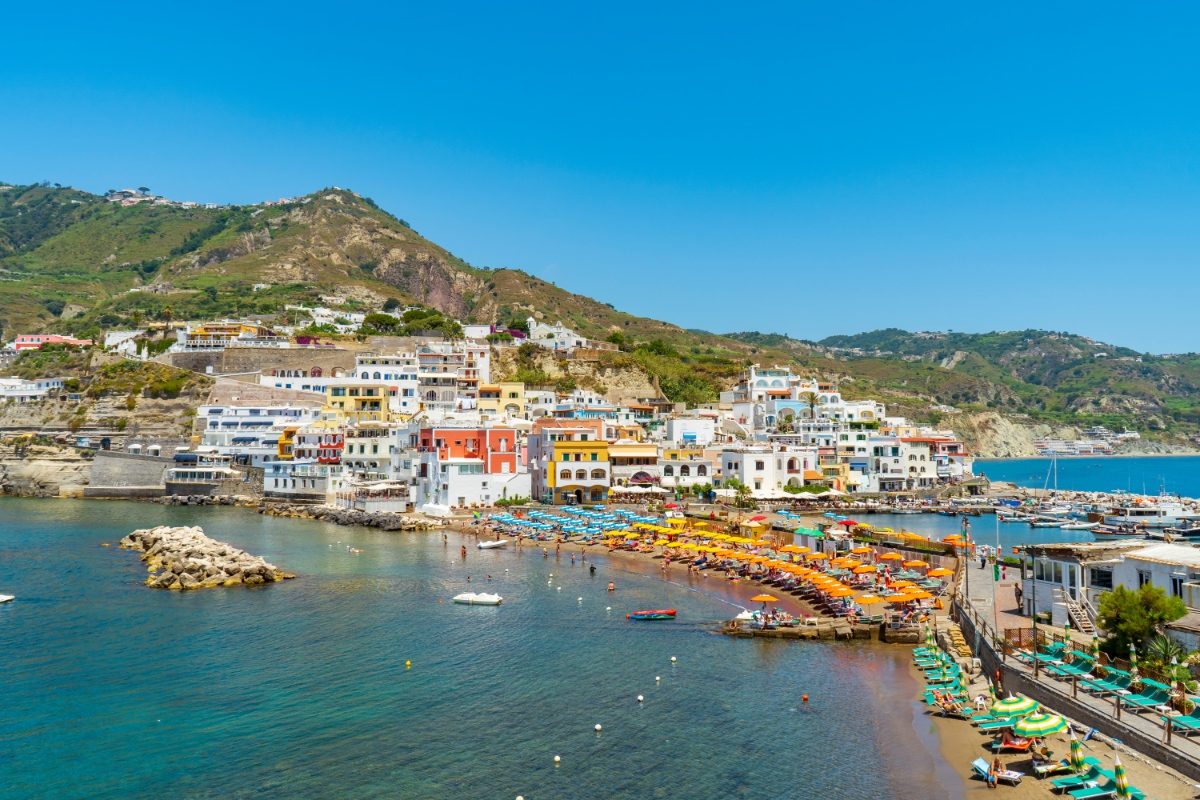
Choosing when to visit and where to stay can make or break your island getaway. Capri and Ischia each offer unique experiences depending on the season and your travel preferences.
Best Times to Travel
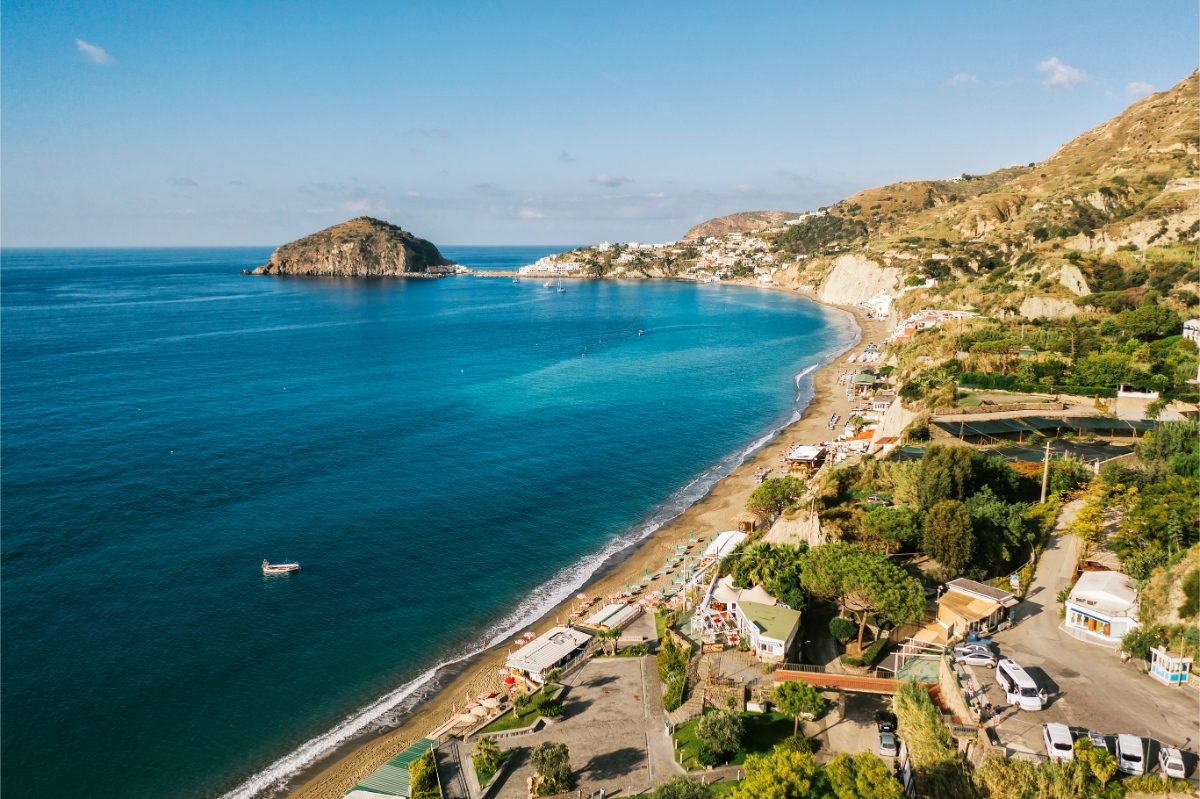
The best time to visit Capri and Ischia is from April to October. Spring brings mild temperatures and blooming flowers, perfect for hiking and sightseeing.
Summer is peak season, with hot days ideal for beach lounging and swimming. But be ready for crowds and higher prices, especially in August.
Fall offers pleasant weather and fewer tourists. You’ll find great deals on accommodations and can enjoy local festivals like Ischia’s grape harvest in September.
Winter is quiet, with many hotels and restaurants closed. But if you don’t mind chilly temperatures, you might snag bargain rates.
Accommodating Every Travel Style
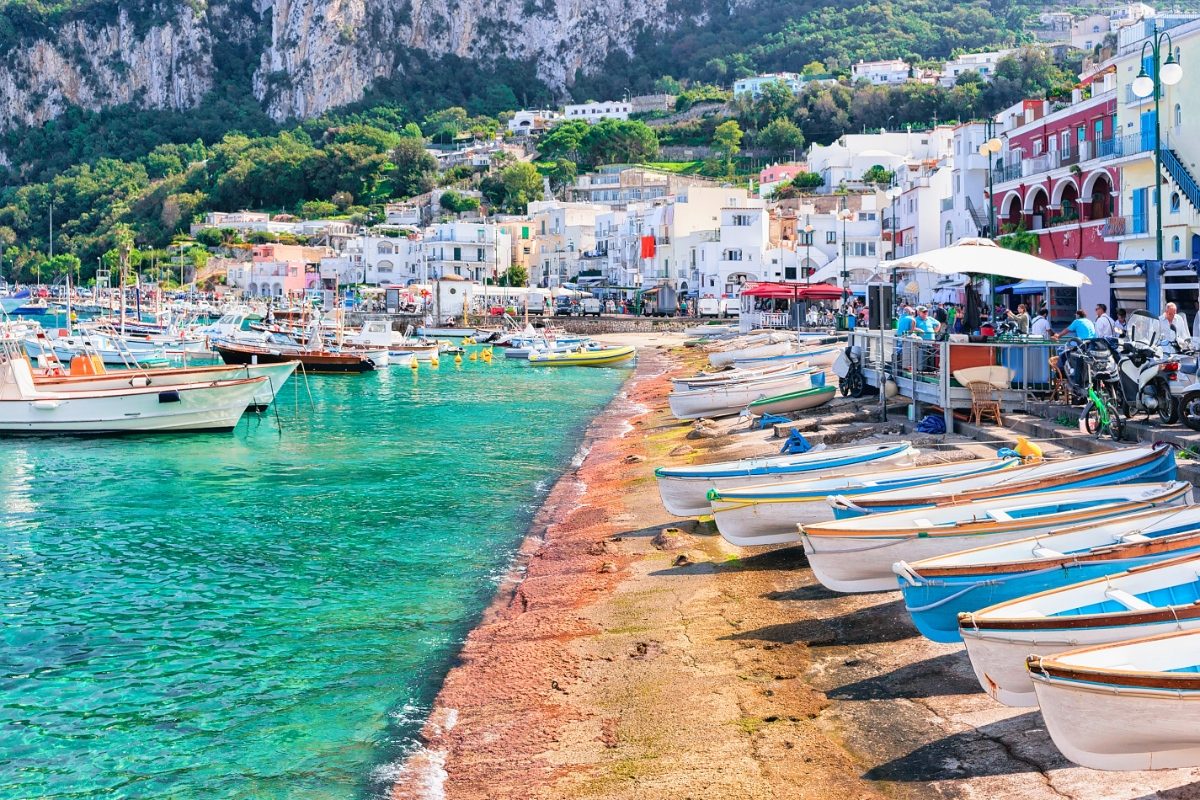
Capri caters to luxury travelers with its posh hotels and designer boutiques. The island’s famous Piazzetta Square buzzes with well-heeled visitors sipping aperitifs. Book a room at the iconic Grand Hotel Quisisana for a splurge, where rates start at €500 per night.
Ischia offers more budget-friendly options without sacrificing charm. Family-run guesthouses and agriturismos provide authentic stays from €60 per night. The island’s thermal spas are perfect for couples seeking relaxation.
Both islands have public beaches, but Ischia’s tend to be less crowded. Capri’s beaches can get packed in summer, so arrive early to snag a spot.
See Related: Where to Stay in Italy: Top Unforgettable Destinations for Every Traveler
Frequently Asked Questions
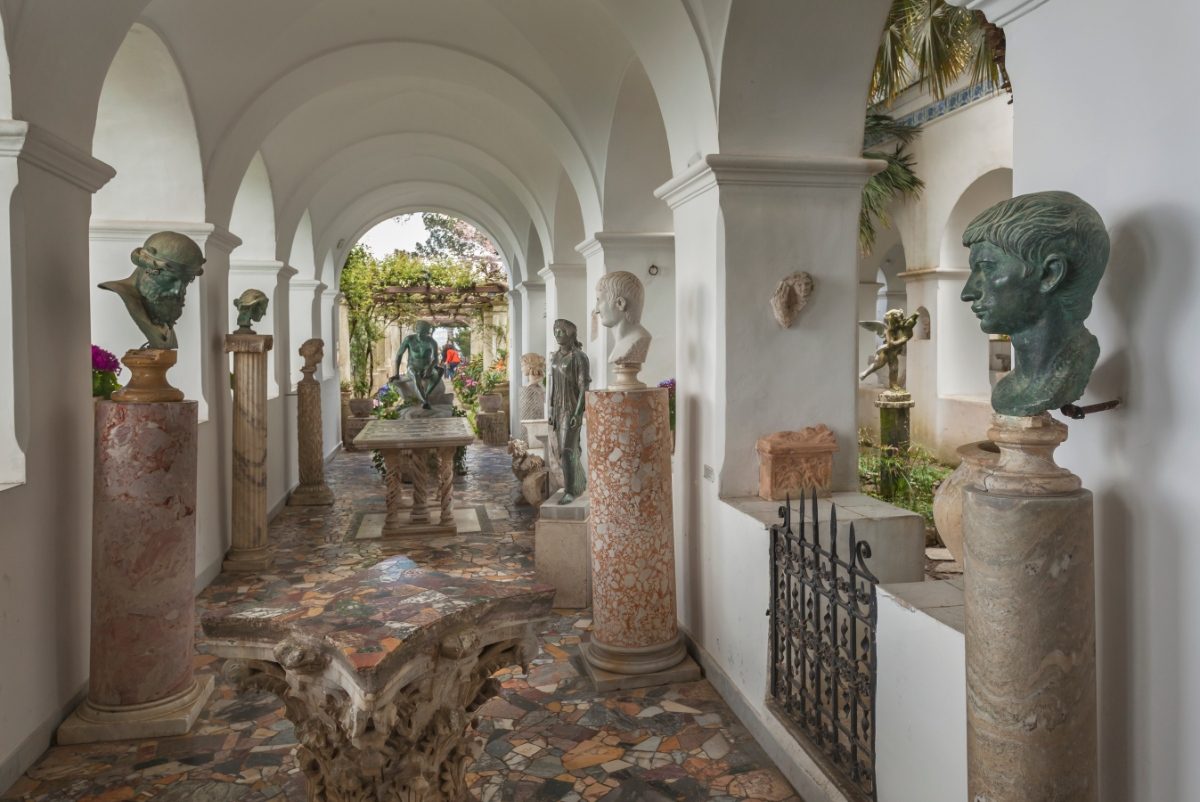
Capri and Ischia are two stunning Italian islands with unique charm and attractions. Many travelers are torn between these Mediterranean gems when planning their Italian getaway.
What distinguishes Capri from Ischia as a travel destination?
Capri is known for its glitz and glamour, attracting celebrities and luxury travelers. It’s famous for its Blue Grotto, designer shops, and posh restaurants.
Ischia, on the other hand, is more laid-back and local. It’s bigger than Capri and boasts natural hot springs, lovely beaches, and a more authentic Italian vibe.
Can you easily plan a day trip from Capri to Ischia? Is it recommended?
Day trips between Capri and Ischia are doable but not ideal. The ferry ride takes about an hour each way, leaving little time to explore. It’s better to spend at least a night on each island to truly appreciate their unique offerings.
Which island offers the better experience for a short visit, Capri or Ischia?
For a quick trip, Capri might edge out Ischia. Its compact size makes it easier to see the main sights in a day or two. You can zip up to Anacapri, tour the Blue Grotto, and quickly stroll through the charming streets.
How does the ferry service between Capri and Ischia operate?
Ferry service between Capri and Ischia is seasonal, mainly from April to October. Boats typically depart once or twice daily, with more frequent service in peak summer months.
Tickets cost around €20-25 one-way. It’s smart to book in advance during busy periods.
What unique attractions does Ischia offer that differentiate it from Capri?
Ischia’s thermal parks set it apart from Capri. Like the famous Poseidon Gardens, the island has numerous hot springs and thermal baths. Ischia also boasts Castello Aragonese, a medieval castle on a rocky islet connected to the main island by a bridge.
Considering the hot springs, how does the thermal bath experience in Ischia compare with the attractions in Capri?
Ischia’s thermal baths offer a relaxing, therapeutic experience you won’t find in Capri. Places like Negombo Thermal Park combine natural hot springs with beautiful gardens and sea views. Capri can’t compete in this arena, focusing more on scenic beauty and upscale shopping.

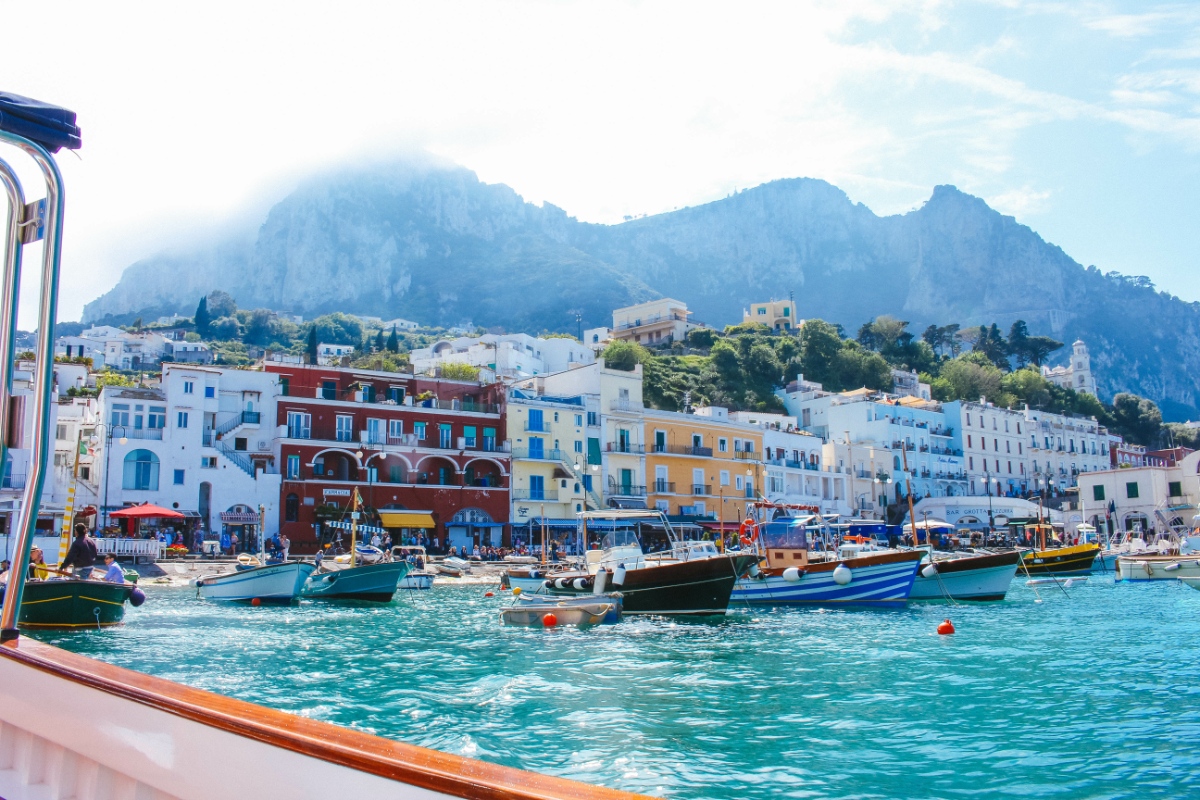
0 Comment